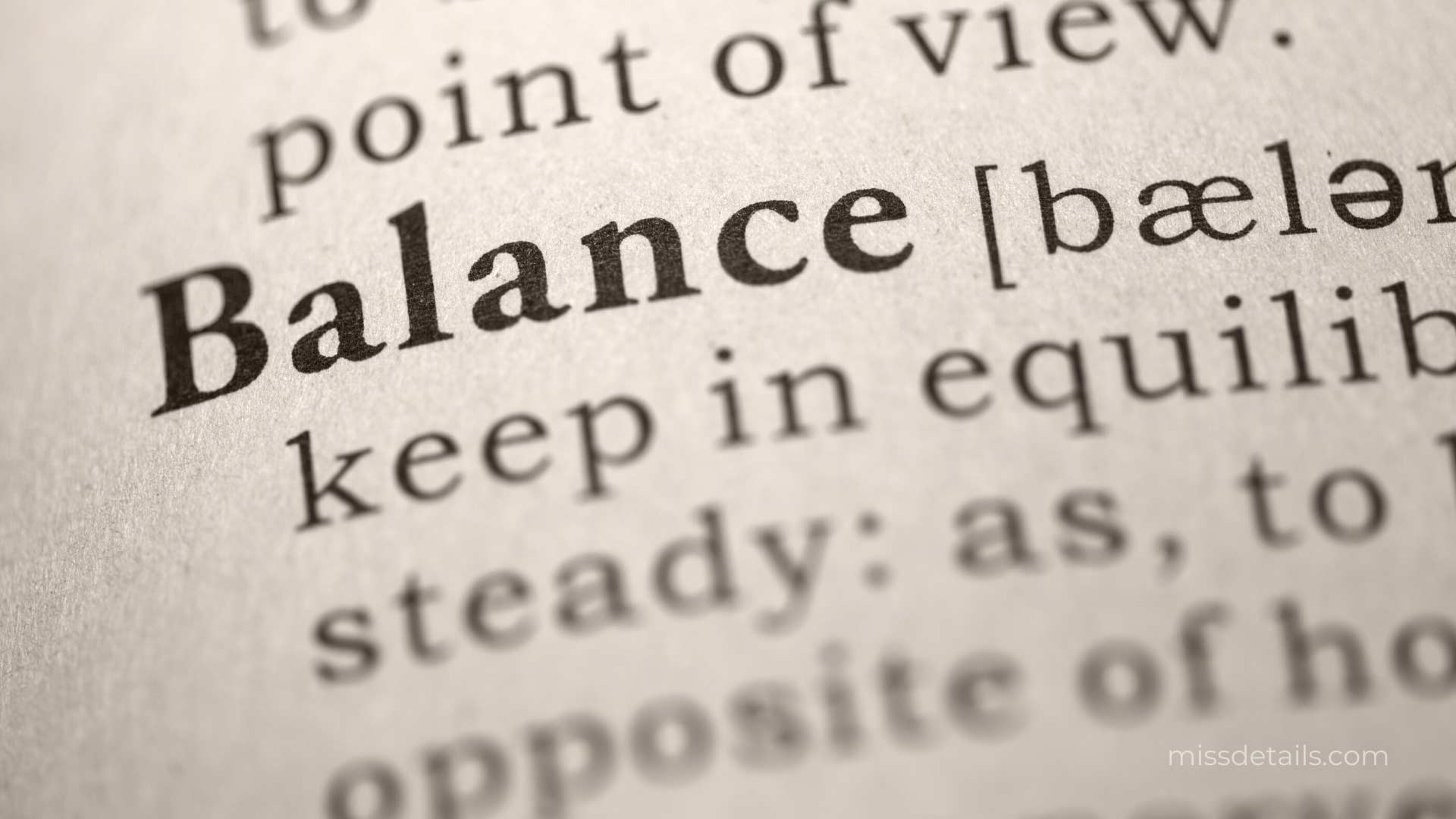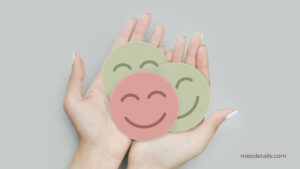As a branding and marketing expert, so much of my work is a balancing act between the right brain and the left brain.
When you look at a map of the brain, it turns out there’s a pretty neat division of functions between the right and left hemispheres. In general, the left brain is home to logic, reasoning, calculation, and planning; while the right brain is home to emotions, intuition, imagination, and art.
Each side of the brain is equally important, although each person tends to lean more strongly toward one than the other. Likewise, certain professions lend themselves to either the right or left brain: a “left brained” person may go into science, mathematics, or research, whereas a “right brained” person is more likely to be an artist, philosopher, or counselor.
My profession, however, requires that I use an equal balance of my left and right brains (you could argue that branding is more left-brained, while marketing is more right-brained). It’s one of the more challenging aspects of my job—but it’s also one of the reasons I love what I do so much.
Balance is so important to my work, in fact, that I made it one of Miss Details’ core values. Read on to find out how I implement this core value into my business and everyday life.

Balancing Science + Art
When I was growing up, I wanted to be an architect. At the doctor’s office, when other children played with toys, I read Architectural Digest. I think what attracted me to the profession was the way it combines the scientific (what makes a building stand up) with the artistic (what makes you want to walk inside the building).
At Arizona State University, however, I chose to focus on interior design rather than architecture. Like architecture, interior design appealed to me in that it married the scientific with the artistic. But whereas the architecture program focused on designing from the outside in, the interior design program taught me how to design from the inside out, taking the human experience into account. I learned more about the science behind human senses and memory, and how designers can use this science to create multidimensional pieces that pack an emotional punch. Ultimately, I chose to write my thesis on sensory design—incorporating all the senses to create a memorable, immersive, and life-enhancing experience.
Today, I use sensory design as a branding strategy in my work with clients, helping them communicate their brand’s story to their audience in a way that will stimulate their senses and impact them emotionally. I want them to feel excited about the designs I create. At the same time, it’s important to me to back up my creations with data and strategy. The colors I choose, the logos I design, and the stock images I select aren’t just determined by aesthetics—they’re backed by data. Market research, business trends, neuroscience and cognitive psychology all inform my design.
More than anyone else from history, Leonardo Da Vinci embodied the balance between art and science that I strive to implement in my work. DaVinci is best remembered as a brilliant artist—thousands of tourists flock to the Louvre every year to see the Mona Lisa over 500 years after its creation—but he was a scientist as well. His notebooks include detailed observations of the natural world and sketches of inventions that were centuries ahead of his time. This Renaissance man’s diverse body of work emphasizes the mindset of balancing the strategic with the beautiful, so both exist in harmony. And just like DaVinci’s work, I want my designs to speak simultaneously to the mind and the soul.

Balancing Strategy + Emotion
You can’t successfully build your brand or market your business without strategy. But strategy devoid of emotion is a recipe for failure.
Take the case of Leeds United. In 2018, the Yorkshire-based soccer team unveiled a new crest design to their loyal fans, meant to celebrate the team’s centennial. Clearly, this was a move backed by careful strategy—the club spent six months on the redesign and consulted over 10,000 professionals.
But the rebrand backfired, because Leeds had failed to take into account the strong emotional connection their audience had to the original crest. Thousands of angry fans took to the Internet to mock the new design, pointing out that it omitted the white rose, an iconic and traditional symbol of Yorkshire. Eventually, the club revised the design to better resemble the original.
The lesson here is that all the strategy in the world won’t save you if you disregard your audience’s emotional connection to your brand. Because of this, I strive to balance strategic marketing with emotional branding in my work. I remember that overall, a brand is an experience with memories and emotions associated with it—for instance, the experience of watching a soccer game and feeling pride in your community. A brand that can trigger those memories and emotions by paying attention to the details—say, a white rose—will be an exceptional one.

Balancing Business + Creativity
Head to the business section of your local bookstore (or to the Internet) and you’ll find dozens of methods and frameworks for getting your brand running. Often, such methods will imply that you need to have all your ducks in a row, so to speak, before you can make any upward movement.
The problem is, those frameworks are usually geared towards large brands. As a business owner myself, I understand the practical limitations of time and resources. I help other business owners by creating solutions based on the resources they do have, so they can move forward in a way that will have maximum impact. And more often than not, this requires some out-of-the-box thinking. This is where our core value of balance comes into play again—the balance between business and creativity.
For instance, one client of mine who owned a fitness studio came to me with a full list of marketing initiatives… and very little budget. To help her achieve her goals, I decided the best solution was to support her as a strategic marketing coach, helping her prioritize and delegate tasks. Although nontraditional, this arrangement allowed my client to move her brand forward while staying within her practical limitations.
Another school of thought I see frequently with entrepreneurs is the idea that branding is something you can put on the backburner—that you can just create something and worry about a brand strategy when you have the budget to “do it right.” But building your brand strategy into the foundational pieces of your business is imperative for success—and there are creative ways of achieving this, even on a budget.
To demonstrate, I’ve been working with a CPA firm that knew they needed to update their website, but didn’t have the resources for a complete overhaul. Instead, I worked with them to review their current site, create new images, and strengthen the central messages on their main pages. Over time, we’ll be able to integrate more of this new branding into their marketing strategy.

Balancing Work + Life
A final balancing act that’s critical to Miss Details is that elusive promise of work–life balance. A healthy work–life balance isn’t just about taking one vacation a year, but about resisting societal pressure to be chained to your desk outside working hours. It’s a tricky balance to strike, and it’s only gotten more difficult during the pandemic—so many of us have begun working from home, further blurring the lines between our jobs and the rest of our lives.
At Miss Details, we’ve gone 100% virtual in our operations—but I’ve committed to ensuring that change helps, rather than hinders, my team’s work–life balance. We’re productive, but still take time to connect with one another and to take time to nurture our own mental and physical health. Our sister (or rather, brother) luxury travel brand also allows us to work from anywhere in the world, or to take much-needed vacations from our daily grind.
Final Thoughts
Our core value of balance is integral to the framework, functioning, and philosophy of Miss Details. It permeates every aspect of the work we do, from balancing data and design to create effective sensory branding, to mapping out a marketing strategy fueled by both logic and emotion, to finding out-of-the-box solutions for entrepreneurs, to promoting a healthy work–life balance for my team. As is the incorporation of any core value, navigating all these balancing acts isn’t easy—but it’s always worth it.

Don’t want to miss out on our articles and insights?
Sign up for the Miss Details newsletter today.



